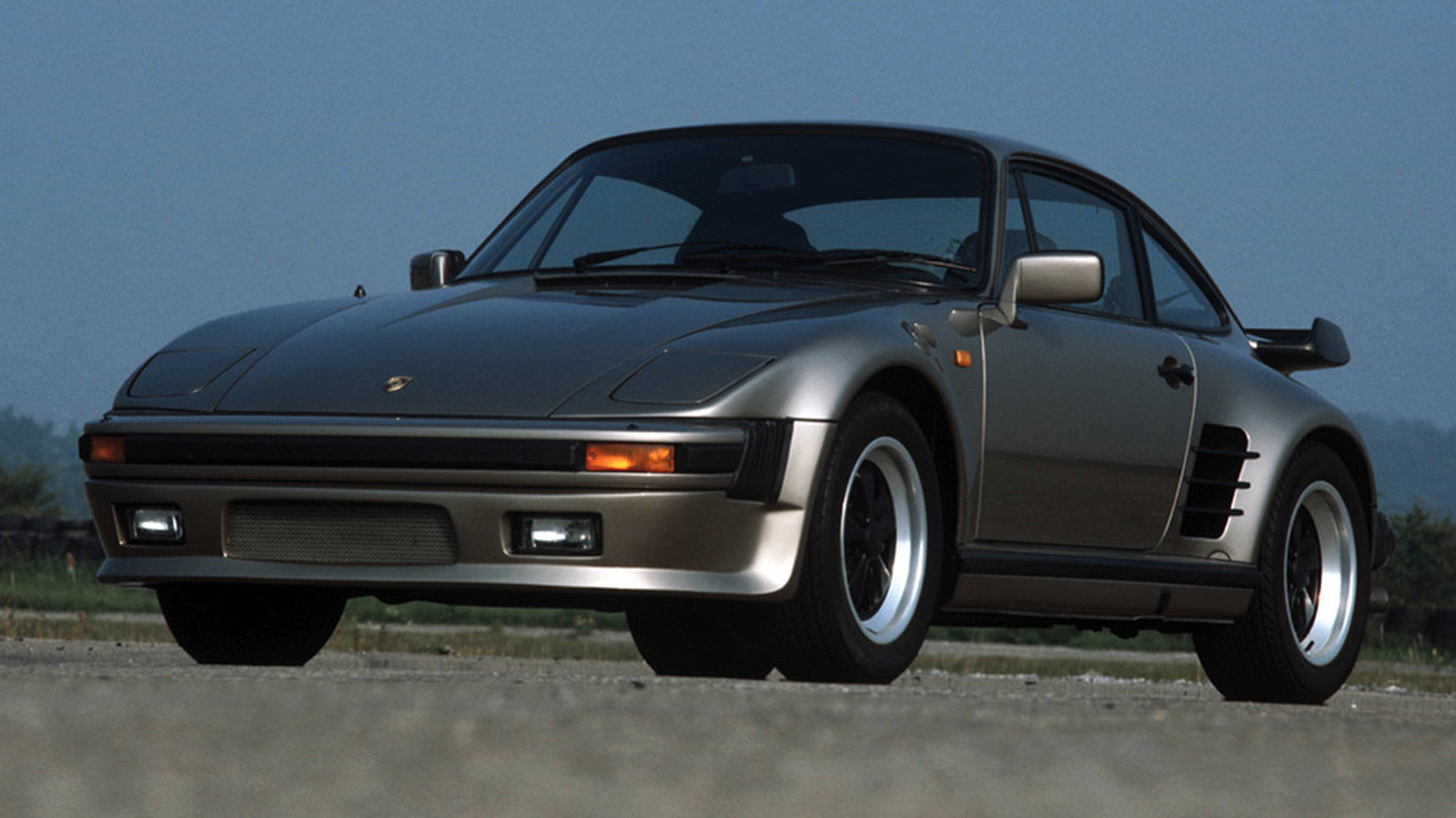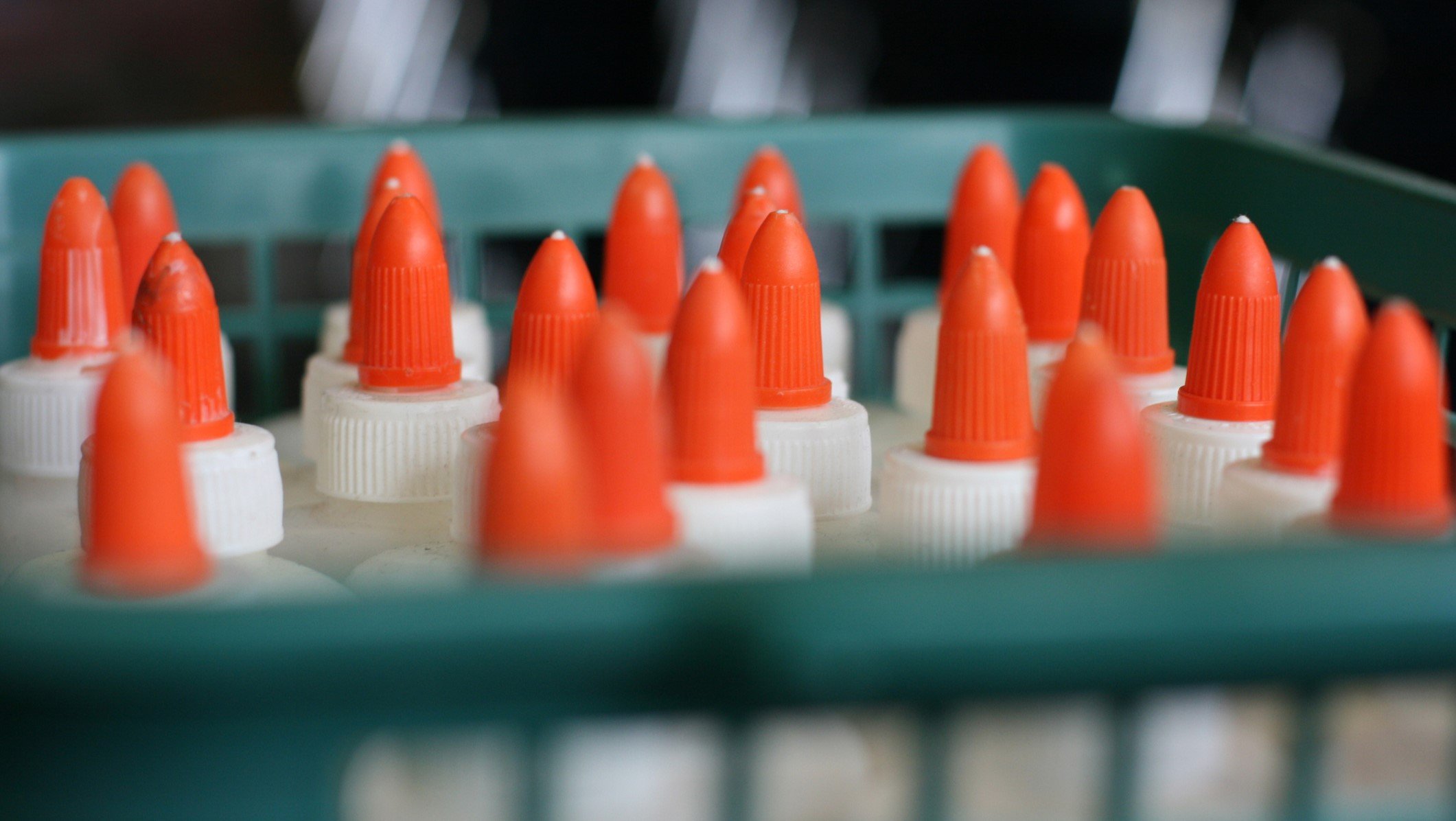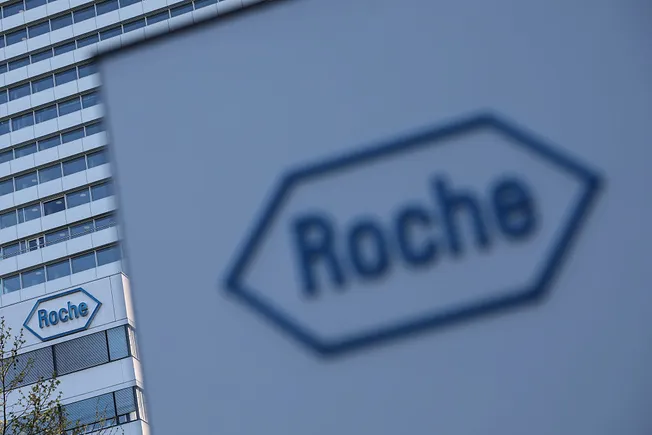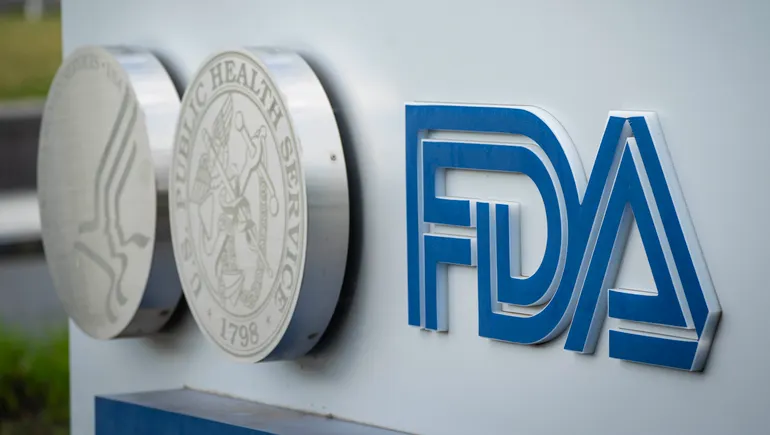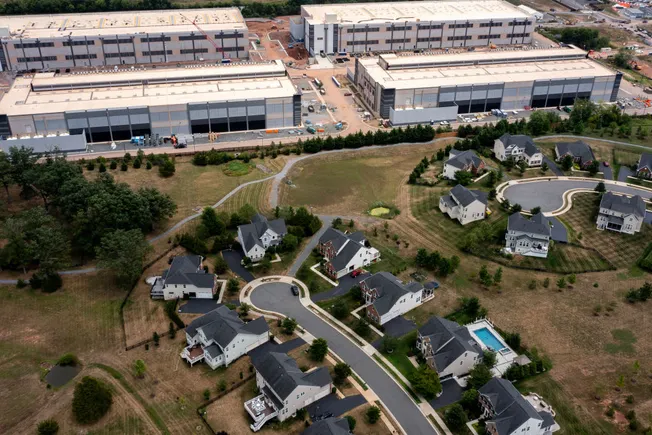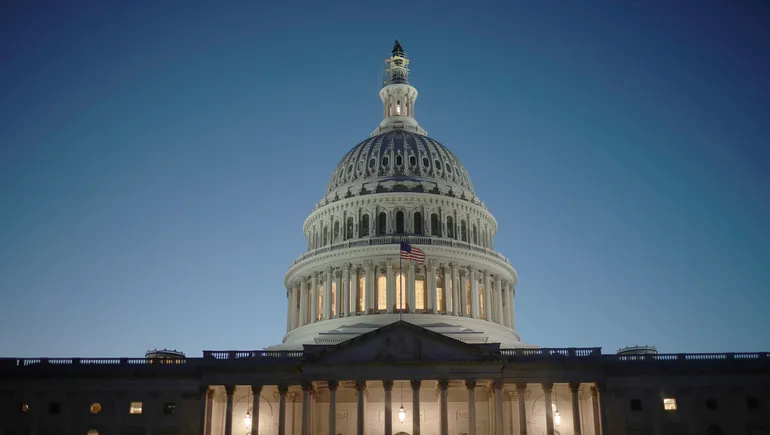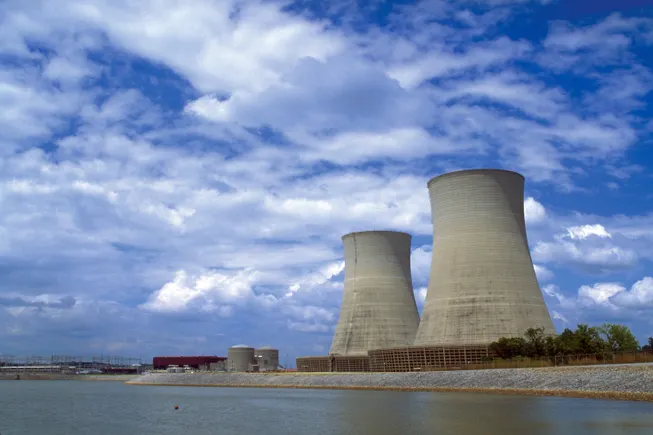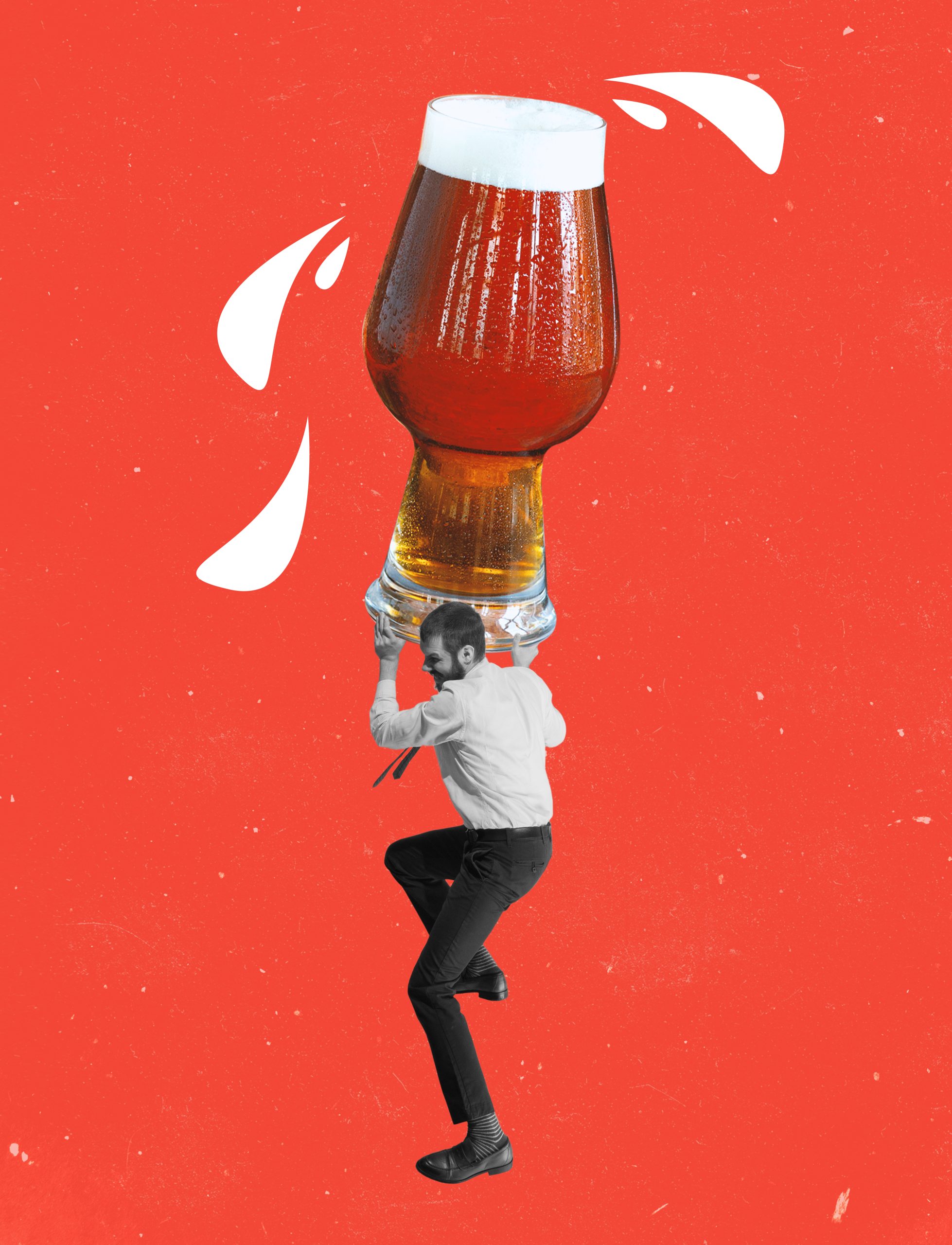Following his recent podcast with Patrick Schmitt MW, db’s Bordeaux correspondent Colin Hay gives his half-time report on an en primeur campaign that has yet to ignite the passions of the final consumer.
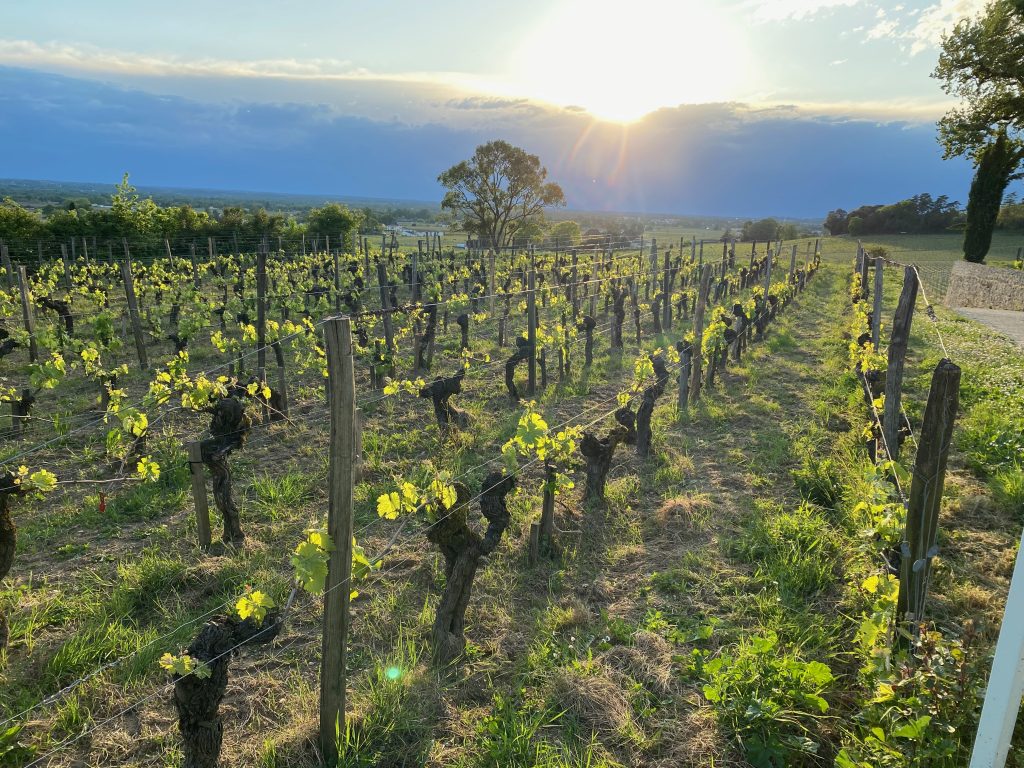
If I’m honest, I’ve been putting off writing this piece. Without really acknowledging it to myself, I had been hoping that when I did finally come to put pen to paper, the en primeur tide might have turned and this could be a rather different – and more positive – piece.
It is, of course, still early days in the life on the en primeur campaign – with around half of the wines still to release. Plenty can happen before we reach extra time and plenty of what could still happen might change our final assessment of the campaign. But what is already clear is that, to date at least, en primeur 2024 has failed to spark the consumer’s imagination.
That said, there is good and bad here. Indeed, there are even some mild grounds for optimism to be found for those prepared to go looking for them. But, overall, and still with the caveat that we are only now at half-time, we have certainly not witnessed the reset that many had hoped for. Above all, there is at yet no hint of the phoenix rising from the charred ashes of a succession of recent en primeur bonfires.
In what follows my aim is simply to take stock of the market conditions as the campaign enters its second half. In the process I hope to summarise what has happened to date and to begin to tease out some of the potential implications – for the rest of the campaign, for en primeur as an institution and for the fine wine market more generally.
In the spirit of optimism, let’s start with the positives. There are five and I will simply list them.
Reasons to be cheerful ….
-
The sheer quality of the wines produced given the vintage conditions.
As almost all commentators have agreed, the quality of the wines produced is both exceptional and unprecedented given the challenges of the growing season from which they were crafted. Indeed, no less remarkable is the quantity of wine produced. Even if overall production in the region is at its lowest level since 1991, this is much more directly the consequence of the reduction in the total area under vine in the region than it is a consequence of vineyard yields (which, for the region as a whole, are not that much lower than in 2023).
-
The critical reception of the wines themselves.
The wines have in general been well received by the critics, certainly better than was feared on the eve of the en primeur tastings. The wines pleased more than anticipated and many a hastily typed and digitally-disseminated prejudgement was recalibrated in the relative calm of the tasting room. Those recalibrations were almost universally upwards.
-
The range and diversity of well-rated wines.
Despite – or perhaps even because – of the heterogeneity of the vintage, a surprisingly broad spectrum of wines (at very different price points) have been positively evaluated by at least one influential critic. This is, of course, to put a positive spin on something that could just as easily be construed more negatively. For it indicates, first, that even those wines positively rated by some were invariably far more negatively evaluated by others. Second, it suggests the absence of the kind of critical consensus that is often the key to a wine selling out. And, third, to put things more bluntly, at a time when consumers don’t need much of an excuse to refuse what might look like a tempting offer, the diversity of views on most wines can only suppress demand. In short, this ‘positive’ turns out to be something of a mixed blessing. Whilst this cloud might contain a silver lining, it’s still pretty dark when viewed with any sense of perspective!
-
The reception by the on-trade.
Rather more unambiguously positive is that the wines have been well-received by the on-trade, with enthusiasm in general for the quality of the wines themselves, the offer and the price. The more cynical amongst you might well immediately object by suggesting that the on-trade is just as much in need of transactions as la place itself and has something of a vested interest in ‘liking’ the wines, the offer and the pricing at least in public. But that is overly cynical. For their ostensibly very similar vested interest last year did not prevent them from being quite outspoken in their condemnation of the offer and the pricing for the 2023 vintage in much the same way they had publicly chastised Bordeaux’s 2022 en primeur release prices. In short, the enthusiasm that I find from London is new, genuine and very welcome indeed.
-
Evidence that Bordeaux has been listening.
Overall, it is difficult not to conclude – at least for those not immune to the recalibration of reconceived wisdom and preconceived opinion – that Bordeaux has finally gotten the message and has responded with what, on paper at least, looks like a tempting en primeur offer for the 2024 vintage.
But therein lies the issue. And that, of course, brings us immediately to the negatives. Again, in the interest of brevity, let me simply list them too.
Reasons to be less cheerful …
-
The asymmetry of demand and supply.
Crucially, offers have not been finding demand, despite significant price reductions and a return to releases prices last seen, in many cases, during the 2013 and 2014 en primeur campaigns. At present I struggle to identify a single wine that has sold out in London. The reasons for this are multiple and relatively well known (let me not rehearse again a familiar argument).
-
The suppression of global demand.
That is indicative of a wider truth, a truism of a more general kind. For it reveals as it expresses the wider problem – the lack of global demand for young fine wine regardless of the region of its production. True, things are in a way worse for Bordeaux. But simply because Bordeaux is more dependent on global demand than any other fine wine producing region in the world, with less of what it produces sold domestically. In a period, phase, era or, even, age of de-globalisation that is not a good place to be – worst still if the period or phase turns out to herald an era or an age.
-
The price insensitivity of demand.
What we are in the process of discovering, above all with each consecutive 2024 release, is that demand for young top-end Bordeaux is resolutely insensitive to price. Even where price reductions are striking, demand is modest. This is perhaps the most alarming revelation of the campaign, though many of us have feared this to be the underlying reality for some time. Bordeaux’s problem (and that of the fine wine market more generally) is not and probably never really has been about price per se. It is much more about the absence of demand at any price. This en primeur campaign makes that painfully clear.
-
Despite the choreography of the campaign.
What makes all of this much worse that it would otherwise be when it comes the potential implications is that the 2024 campaign has unfolded with everyone playing their role and with no dissenters. The properties have obliged by reducing their prices; the negociants and courtiers have coordinated their efforts to produce a carefully choreographed campaign; and, crucially, the on-trade has expressed itself enthusiastic for the wines, the offer and the prices (unlike for 2023 or 2022). All that is missing is the final buyer; rumours of her demise do not seem premature.
-
Little refocusing of demand to date.
Finally, and perhaps a little surprisingly, we have not yet seen clear evidence of what some of us anticipated – namely, a refocusing of the market away from the first growths and their peers towards high quality wines in a lower price bracket (from £30-80 per bottle in bond). That may well still happen and it may well in fact already be happening. In a campaign like this, it is a little difficult to tell – in part because it is the first growths who have typically reduced their prices the most and because demand for none of these wines is sufficient to give us a clear sense of what is selling best.
Potential implications
So what are the implications of all of this? It is far too early to be definitive and we will clearly have need to return to many of these themes as the dust and/or ashes settle on this campaign once it is over.
So, for now, here are just a few provisional thoughts, again in the form of a simple list.
- No en primeur re-set, as yet. The Bordeaux en primeur re-set that many had hoped for has not worked. Or, at least, it has not yet All the key actors have played their role and we have seen the most carefully choreographed campaign ever performed. Yet the audience has either remained unimpressed or has simply stayed at home.
- A delicate balance. That said, this could still turn out better than it might seem. For it would not take much to change the mood music here. If a handful of wines start to sell out in Bordeaux and in London the dynamic of the second half of the campaign could be very different (as in the 2008 campaign, if for rather different reasons). Things are delicately poised. Those accustomed to paying rather a lot more for their first growth en primeur allocations are surely tempted to engage when they see Lafite and Mouton at around £1700 and £1500 in bond for 6 bottles respectively. But to engage they need the assurance that they will not find these wines on the secondary market 2 years on for less than they would need to pay to secure them today (once bitten, twice shy, as the adage has it). No-one can give them that guarantee. And the only effective guarantee is the one that comes the moment the wine is already sold out. But as that already suggests, if, as and when the first of the firsts sells out, the campaign takes on a very different complexion.
- Some optimism for 2025? We may or we may not get to that point. All the better if we do. But if we don’t it is most likely because the global reputation of the vintage is not sufficiently high. And as that in turn suggests, what might not have worked for 2024 might well work rather more effectively in a stronger vintage. Arguably, the parameters for a successful campaign in 2025 have been set: if 2025 turns out to be reputationally better than its predecessor. But sadly that may already be too late for some.
- The longer-term perspective. Strangely perhaps, given all of the above, the longer-term perspective is potentially more positive. But the transition from here to there is likely to be tough, with a field littered with casualties. The key to understanding this is the balance between supply and demand. Today’s problem is the lack of demand. Tomorrow’s is the lack of supply. In between the two is a period of rebalancing. The global supply of fine wine is already falling. That is due to two principal factors: reduced production as average vineyard yields fall in a context of climate change; and reduced production linked to the (linked) scrubbing up of vineyards that are no longer economically viable (that is why in Bordeaux 2024 is the smallest yielding vintage since 1991). At present we are in transition – with supply now starting to race downwards to meet stagnant or falling demand. When that tipping point is reached, the fundamentals of the market will be very different to how they are today; and so too will be anticipated price trajectories.
- A painful transition in prospect. But the transition is likely to be brutal. The result will almost inevitably be fewer properties, fewer négociants (with consolidation amongst those who remain and diversification of their offerings) and fewer intermediaries.
- En primeur is the symptom not the problem. As all of this suggests, Bordeaux’s problem today is not about en primeur being broken – even if it is easy to see how it might be misinterpreted in such a way. Bordeaux’s problem is about the lack of global demand for fine young wine and its historic reliance on precisely such a market. En primeur remains the most effective and efficient mechanism in Bordeaux’ armoury and abandoning en primeur for the sale of already bottled wine (as some have suggested) would only compound its woes. The post-primeur selling of the 2022 and 2023 vintages is a case in point. Post-primeur sales are not an alternative, just a necessity – as they have always been!
En primeur value in 2024
A final, and rather more immediately practical, implication of all of this is that Bordeaux 2024 provides plenty of excellent value for the new consumer, at all price points, but perhaps especially in the range £100-350 in bond for 6 bottles.
In the table below I highlight 12 wines, already released, that show just how dramatically prices have fallen (with the price reduction relative to the 2022 vintage shown in the right-hand column).
| Wine |
2024
rating |
2024
(£/6, IB) |
2023
(£/6, IB) |
2022
(£/6, IB) |
Relative to
2022 |
| Lafite Rothschild |
94-96+ |
1713 (-31%) |
2460 (-31%) |
3575 |
-52% |
| Mouton Rothschild |
95-97 |
1521 (-25%) |
2034 (-35%) |
3108 |
-51% |
| Cheval Blanc |
95-97+ |
1650 (-26%) |
2340 (-19%) |
2880 |
-43% |
| Montrose |
96-98+ |
507 (-30%) |
714 (-18%) |
873 |
-42% |
| Carmes Haut-Brion |
96-98 |
354 (-22%) |
456 (-31%) |
660 |
-46% |
| Gruaud Larose |
94-96 |
258 (-28%) |
358 (-15%) |
410 |
-37% |
| Larcis Ducasse |
95-97 |
228 (-24%) |
283 (-35%) |
434 |
-47% |
| Dom. de Chevalier |
92-94+ |
192 (-30%) |
275 (-19%) |
340 |
-43% |
| Branaire Ducru |
92-94 |
159 (-18%) |
193 (-19%) |
237 |
-33% |
| La Lagune |
92-94+ |
122 (-20%) |
165 (-24%) |
216 |
-44% |
| Gloria |
92-94 |
120 (-12%) |
138 (-27%) |
188 |
-36% |
| Laroque |
93-95 |
100 (-17%) |
120 (-18%) |
147 |
-32% |
Table 1: Ex. London release prices, 2022-2024 (£, for 6 bottles, in bond)
As this shows, Lafite 2024 is offered at less than half the price of the 2022 vintage en primeur.
But what it also shows is that this is not just a story of the first growths and their peers (here, Lafite, Mouton and Cheval Blanc – though, as I have argued before, Montrose should perhaps now also be included in that category).
For if we descend the price hierarchy of Bordeaux a little further, we find not only some of the wines of the vintage, like Carmes Haut-Brion and Larcis Ducasse (at around £354 and £228 in bond for a half case, respectively) but also that these wines are offered at only just above 50% of their 2022 release prices. To the genuine Bordeaux lover, that looks like a bargain.
The point is that, at whatever price point, all of these wines represent extraordinary value (there are not many wine regions in the world where a 93-95 point scoring wine can be found for £100/6 in bond). You might already have noted that there are rather more left than right bank wines on this list. But, as the presence of Cheval Blanc, Larcis Ducasse and Laroque show well, that is not because there is more value to be found on the left-bank. It is more simply that I have chosen to include only wines already released and we have had fewer right-bank releases to date.
Part of the reason for these impressive price reductions, relative at least to previous en primeur offerings, is made clear in Table 2. This compares 2024 release prices not just with the 2022 en primeur offering but also with the current London market price and with the stated Liv-ex current market price. It shows how the 2022 vintage has failed to maintain its value on the secondary market.
| Wine |
2024 rp
(£/6, IB) |
2022 mp
(£/6, IB) |
2022 liv-ex
mp (£/6, IB) |
Relative to
2022 mp |
Relative to 2022 liv-ex |
| Lafite Rothschild |
1713 |
2700 |
2800 |
-36.5% |
-38.8% |
| Mouton Rothschild |
1521 |
2950 |
2570 |
-48.4% |
-40.8% |
| Cheval Blanc |
1650 |
2475 |
2405 |
-33.3% |
-31.4% |
| Montrose |
507 |
770 |
740 |
-34.2% |
-31.5% |
| Carmes Haut-Brion |
354 |
710 |
536 |
-50.1% |
-34.0% |
| Gruaud Larose |
258 |
254 |
345 |
+1.6% |
-25.2% |
| Larcis Ducasse |
228 |
360 |
360 |
-36.7% |
-36.7% |
| Dom. de Chevalier |
192 |
280 |
279 |
-31.4% |
-31.2% |
| Branaire Ducru |
159 |
230 |
198 |
-30.9% |
-19.7% |
| La Lagune |
122 |
170 |
165 |
-28.2% |
-26.1% |
| Gloria |
120 |
165 |
154 |
-27.2% |
-22.1% |
| Laroque |
100 |
130 |
-- |
-23.1% |
-- |
Table 2: 2024 en primeur compared to current market prices for the 2022 vintage (£, for 6 bottles, in bond; rp – release price; mp – market price)
This makes for interesting reading in a number of respects. First, it shows very clearly, as Liv-ex is right to point out, that ideally we should not compare new release prices to prior release prices but to current market prices wherever we have good quality data. But it also shows that we need to be careful in how we do this. For as the final 2 columns show, the Liv-ex market price data and my own market price data give a slightly different impression of the relative value of 2024 releases.
It is not difficult to understand why when one considers the nature of the data itself. The third and fifth columns come from my own data. They show, in effect, the price (and relative price) to the consumer choosing today between a 2024 en primeur offer and the price they would pay for the same wine in the 2022 vintage from a London broker or merchant. The fourth and sixth columns are based on Liv-ex data and show the price (and relative price) for a commercial buyer. Liv-ex data might well better reflect the secondary market price for the wine; but the consumer invariably does not have direct access to the secondary market. In general comparisons of this kind, however valuable, tend to make en primeur look like a worse deal, because it makes previous vintage look cheap relative to the actual cost the consumer would need to pay.
Yet, broadly speaking and with only a few exceptions, whether we use Liv-ex or genuine market data, it is not difficult to see the relative value that Bordeaux 2024 offers (certainly for wines like these). Carefully chosen and at often around 60-70% of the same estate’s 2022 at current market prices they look to me at least as wines that might genuinely enthuse the genuine Bordeaux wine lover. However dark the storms clouds are that hang over the world of fine wine today that is surely part of the silver lining. This is, for now at least, very much a buyer’s market.
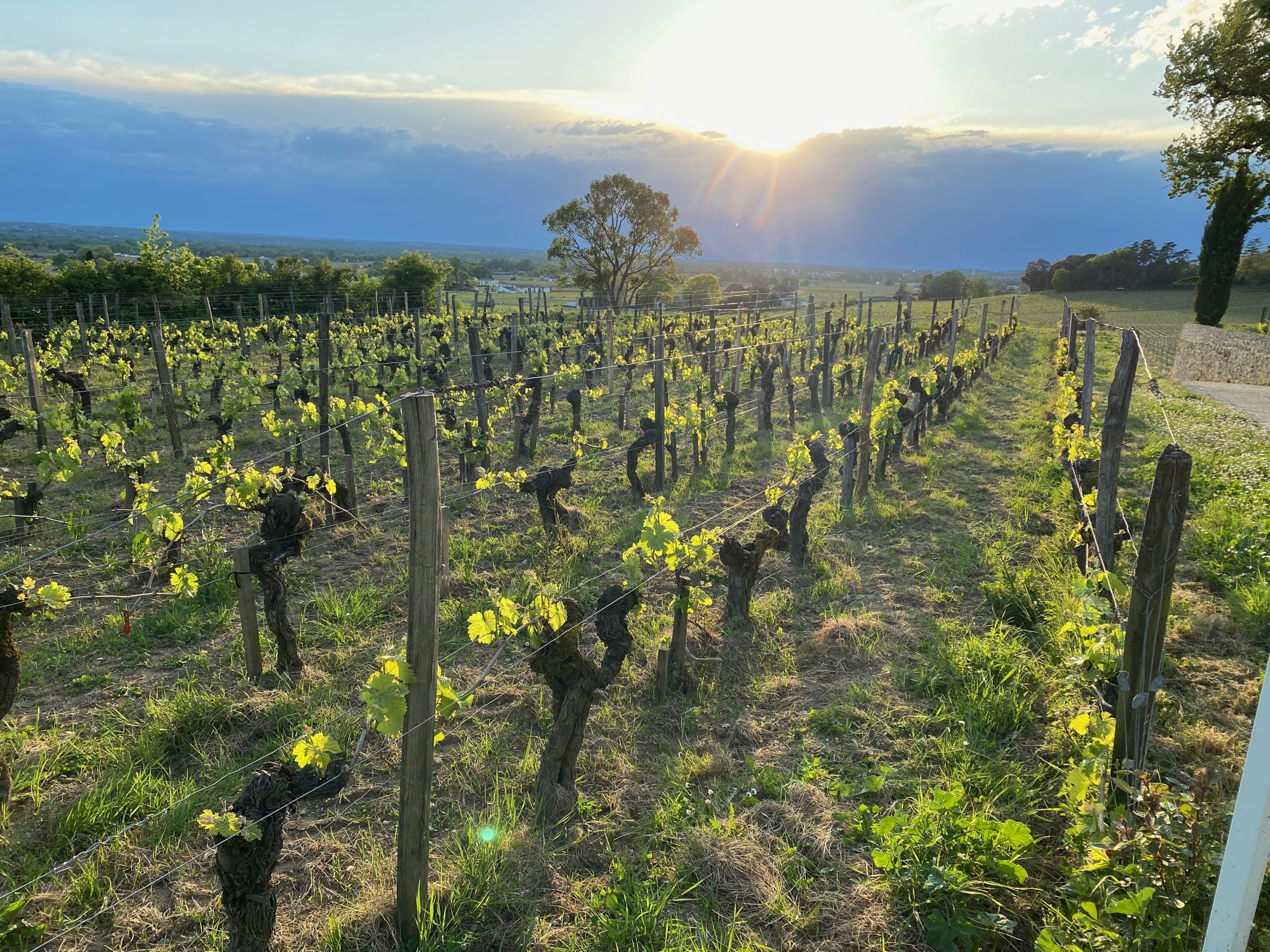
 If I’m honest, I’ve been putting off writing this piece. Without really acknowledging it to myself, I had been hoping that when I did finally come to put pen to paper, the en primeur tide might have turned and this could be a rather different – and more positive – piece.
It is, of course, still early days in the life on the en primeur campaign – with around half of the wines still to release. Plenty can happen before we reach extra time and plenty of what could still happen might change our final assessment of the campaign. But what is already clear is that, to date at least, en primeur 2024 has failed to spark the consumer’s imagination.
That said, there is good and bad here. Indeed, there are even some mild grounds for optimism to be found for those prepared to go looking for them. But, overall, and still with the caveat that we are only now at half-time, we have certainly not witnessed the reset that many had hoped for. Above all, there is at yet no hint of the phoenix rising from the charred ashes of a succession of recent en primeur bonfires.
In what follows my aim is simply to take stock of the market conditions as the campaign enters its second half. In the process I hope to summarise what has happened to date and to begin to tease out some of the potential implications – for the rest of the campaign, for en primeur as an institution and for the fine wine market more generally.
In the spirit of optimism, let’s start with the positives. There are five and I will simply list them.
If I’m honest, I’ve been putting off writing this piece. Without really acknowledging it to myself, I had been hoping that when I did finally come to put pen to paper, the en primeur tide might have turned and this could be a rather different – and more positive – piece.
It is, of course, still early days in the life on the en primeur campaign – with around half of the wines still to release. Plenty can happen before we reach extra time and plenty of what could still happen might change our final assessment of the campaign. But what is already clear is that, to date at least, en primeur 2024 has failed to spark the consumer’s imagination.
That said, there is good and bad here. Indeed, there are even some mild grounds for optimism to be found for those prepared to go looking for them. But, overall, and still with the caveat that we are only now at half-time, we have certainly not witnessed the reset that many had hoped for. Above all, there is at yet no hint of the phoenix rising from the charred ashes of a succession of recent en primeur bonfires.
In what follows my aim is simply to take stock of the market conditions as the campaign enters its second half. In the process I hope to summarise what has happened to date and to begin to tease out some of the potential implications – for the rest of the campaign, for en primeur as an institution and for the fine wine market more generally.
In the spirit of optimism, let’s start with the positives. There are five and I will simply list them.














